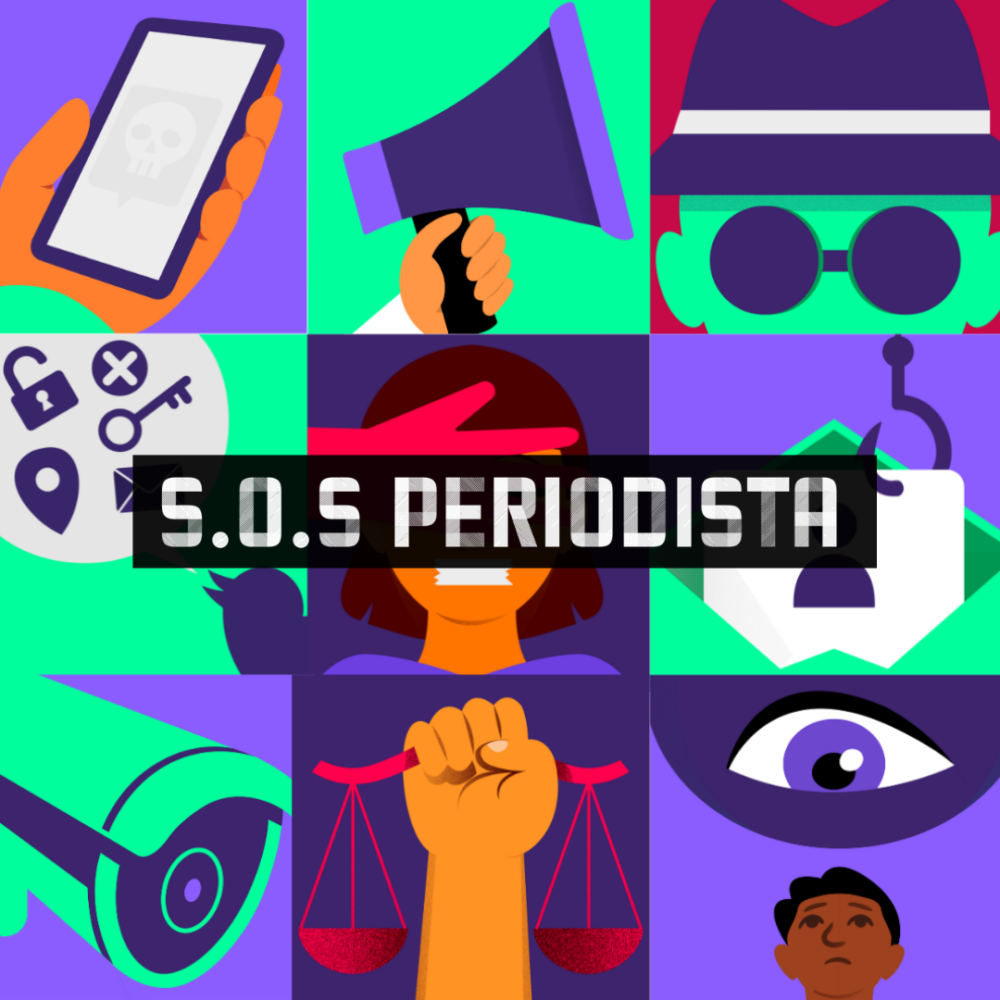
Practicing journalism in Paraguay is becoming increasingly challenging. From direct threats, surveillance, and doxxing to more subtle forms of censorship and judicial harassment, journalists operate in an environment where their freedom of expression and personal safety are constantly at risk. This reality is further exacerbated by impunity, lack of institutional support, and multiple forms of violence, particularly against women journalists.
In response to this situation, TEDIC, in collaboration with the Paraguayan Journalists’ Union and with the support of UNESCO’s Global Media Defense Fund, has developed four guidelines with a gender-sensitive and intersectional approach to strengthen the security and protection of journalists in the country. Each guideline addresses a critical aspect of journalistic work, including the visibility of emblematic cases of violence in Paraguay, the implementation of digital security tools and measures for high-risk reporting, the legal defense of journalists, and the establishment of documentation and reporting protocols.
This blog provides an overview of each of these guidelines, emphasizing their importance for journalists in Paraguay and offering concrete tools to help them navigate risks. Additionally, we invite reflection on the urgent need to create safer environments and to support the free exercise of journalism, especially in a context where censorship, harassment, and digital violence are on the rise.
How to make violence against journalists visible? Using emblematic cases for advocacy
Authors: Lourdes Cano and Montserrat Berro
This guideline compiles and analyzes emblematic cases of violence against journalists in Paraguay to raise awareness of the issue, promote justice, and generate public consciousness. Cases such as those of Angie Prieto, Vicente Godoy, and Mabel Portillo illustrate the severity of the attacks suffered, including threats, sexual harassment, and judicial censorship. The documentation aims to provide tools for public advocacy, highlighting the need for protection, security protocols, and psychological support, especially for women journalists facing gender-based violence. The documented cases serve as a foundation for awareness campaigns and for strengthening press freedom.
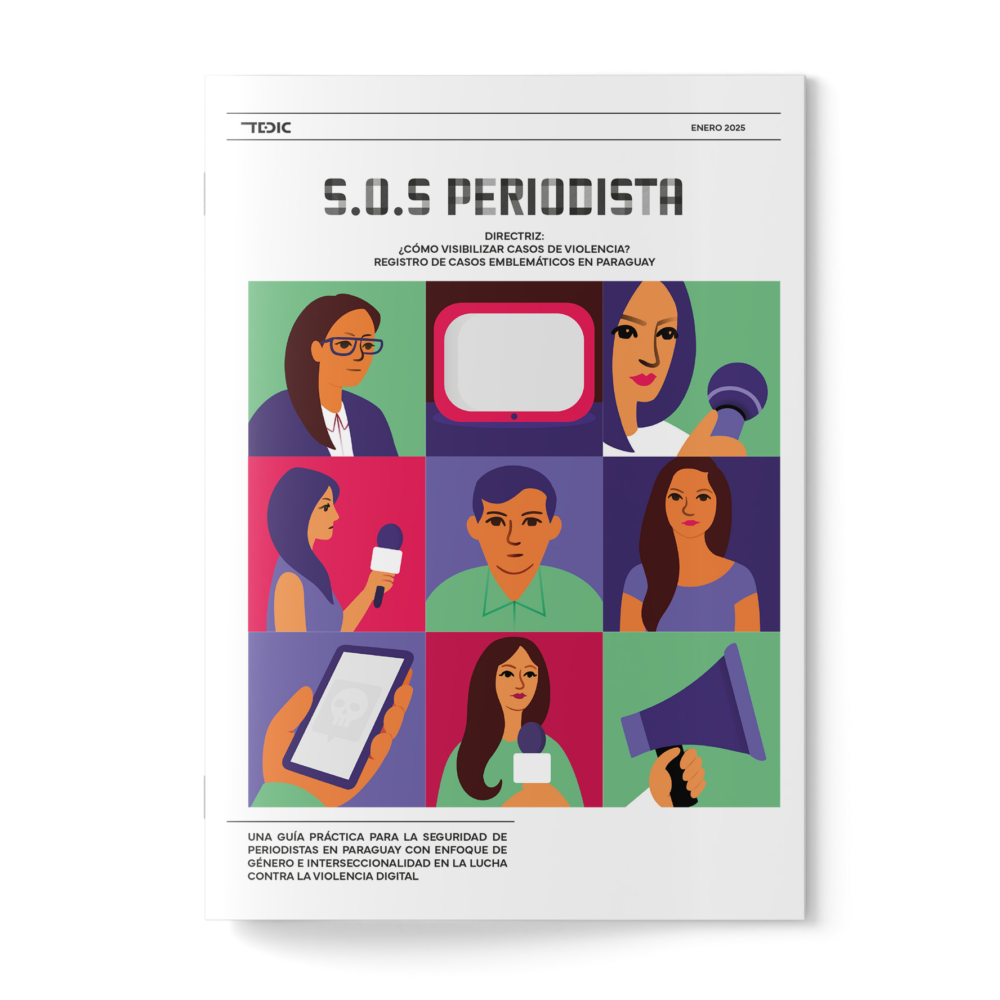
Digital security for high-risk reporting in Paraguay
Authors: Maricarmen Sequera and LuPa Alonzo
This guideline provides a comprehensive framework to protect journalists covering high-risk stories. It emphasizes the importance of digital security, self-care, and collective care, offering detailed protocols for source protection, encrypted communications, safe device use, and sensitive information management. It includes practical recommendations to counter state surveillance threats, malware, and digital risks. This guide aims to be a foundational resource for ensuring the safety of journalists, their sources, and organizations, promoting a feminist and collaborative approach to journalism protection. Additionally, it highlights the importance of adopting these practices as an act of resistance against the growing threats and challenges faced by the media in Paraguay.
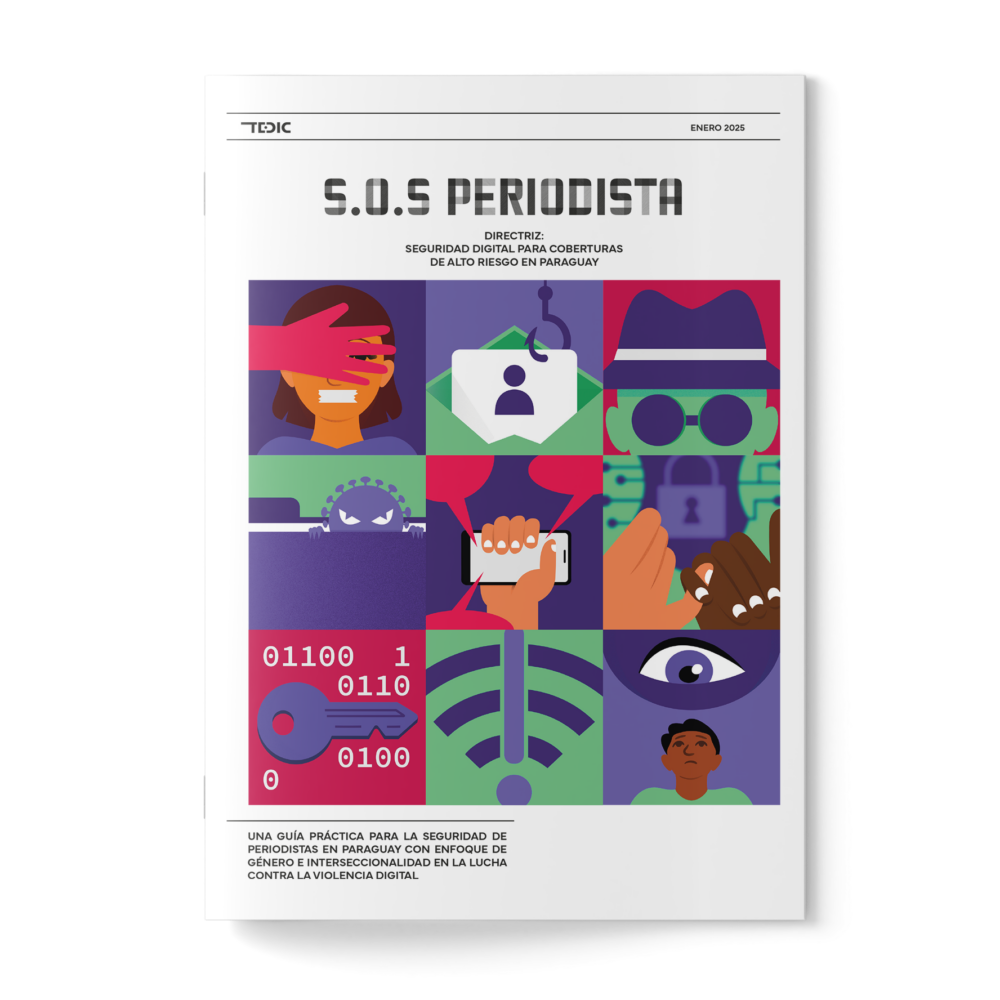
Protocol for documenting attacks against journalists
Author: Ruth Benítez Díaz
This protocol aims to establish clear guidelines for documenting and tracking attacks against journalists in Paraguay. It serves as a comprehensive tool for systematizing cases, making various types of attacks visible, and strengthening journalist protection, particularly against organized crime and state actors. It stands out for its focus on building a centralized database, categorizing attacks, and addressing gender-based violence. Additionally, it provides practical tools for case documentation, legal support, and journalist advocacy, promoting public policies that protect press freedom and ensure the free exercise of journalism in Paraguay.
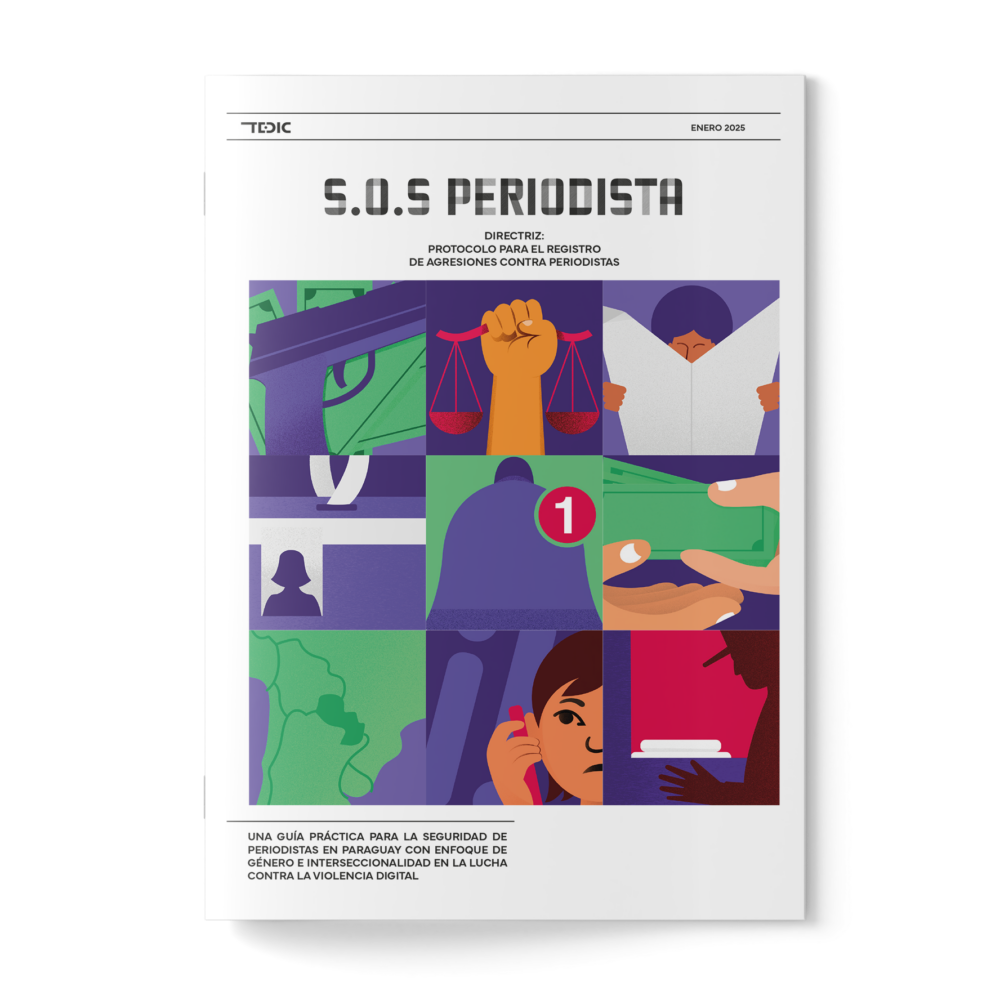
Litigating cases of violence against journalists from a gender perspective
Author: Alejandro Vera
This guideline offers legal tools to litigate cases of violence against journalists with a gender-sensitive approach, addressing the challenges posed by legal abuses such as the misuse of regulations to censor press freedom. It analyzes the national and international legal frameworks, outlines procedural strategies, and provides practical recommendations for the legal defense of journalists, with a special focus on gender-based violence and technology-facilitated gender-based violence. This resource underscores the importance of journalistic ethics and union support, fostering safe environments for media professionals and contributing to the creation of legal precedents that protect freedom of expression. More than just a reference for journalists and legal defenders, this guideline strengthens their ability to counter legal threats, ensuring that they can carry out their work safely and securely.
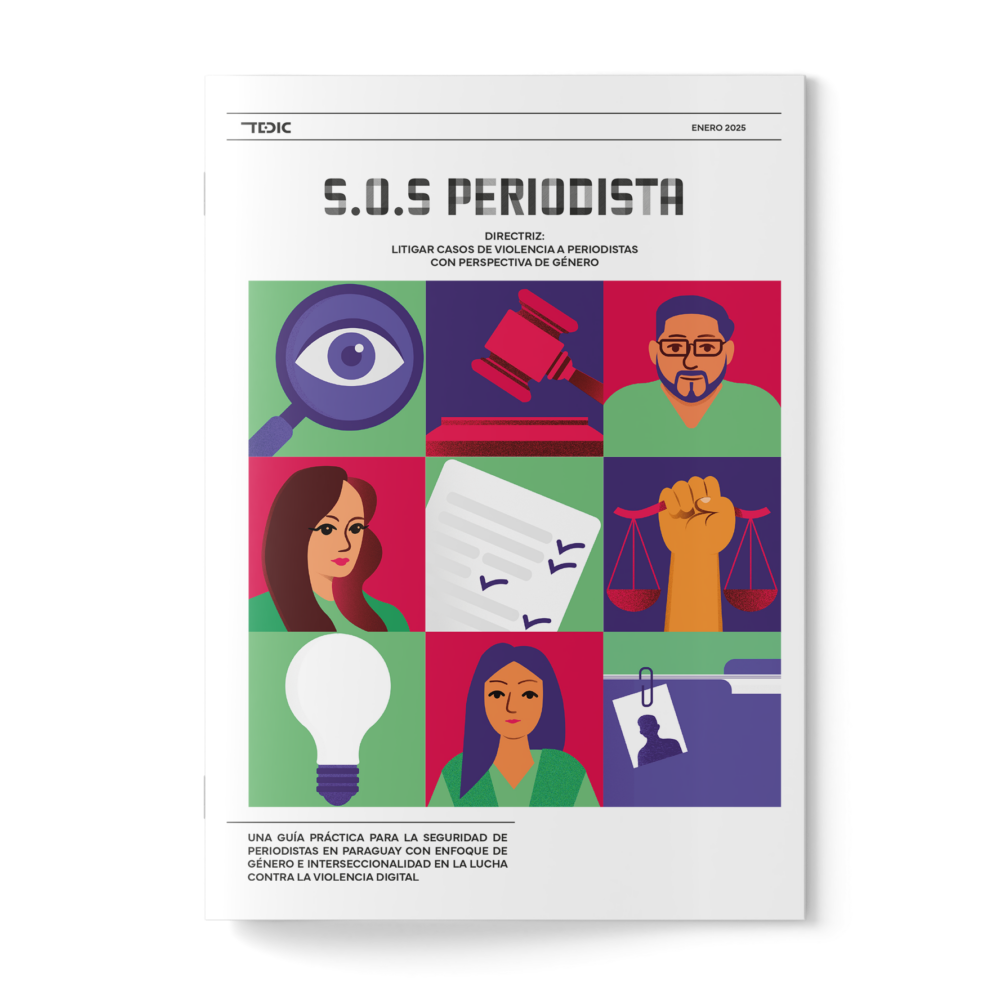
With these four guidelines, we aim to provide practical support to journalists facing risks and violence in their daily work. Designed as living tools that reflect the realities and complexities of the Paraguayan context, they were developed with the hope of making a tangible difference in the protection and defense of journalism in our country. Documenting attacks gives visibility to what is often silenced, and these materials are not only a response to the various forms of violence against journalists in Paraguay but also serve as preventive measures.
We want these guidelines to be more than just resources—they should serve as tools to navigate vulnerable situations, as a push to demand justice, and as a reference to reinforce the safety of those who report the news. In a country where being a journalist means constant exposure, having resources that guide, protect, and support is essential.
We invite journalists, organizations, and human rights defenders to share, use, and adapt these guidelines to continue defending a free, feminist, and inclusive press in Paraguay and across the region.


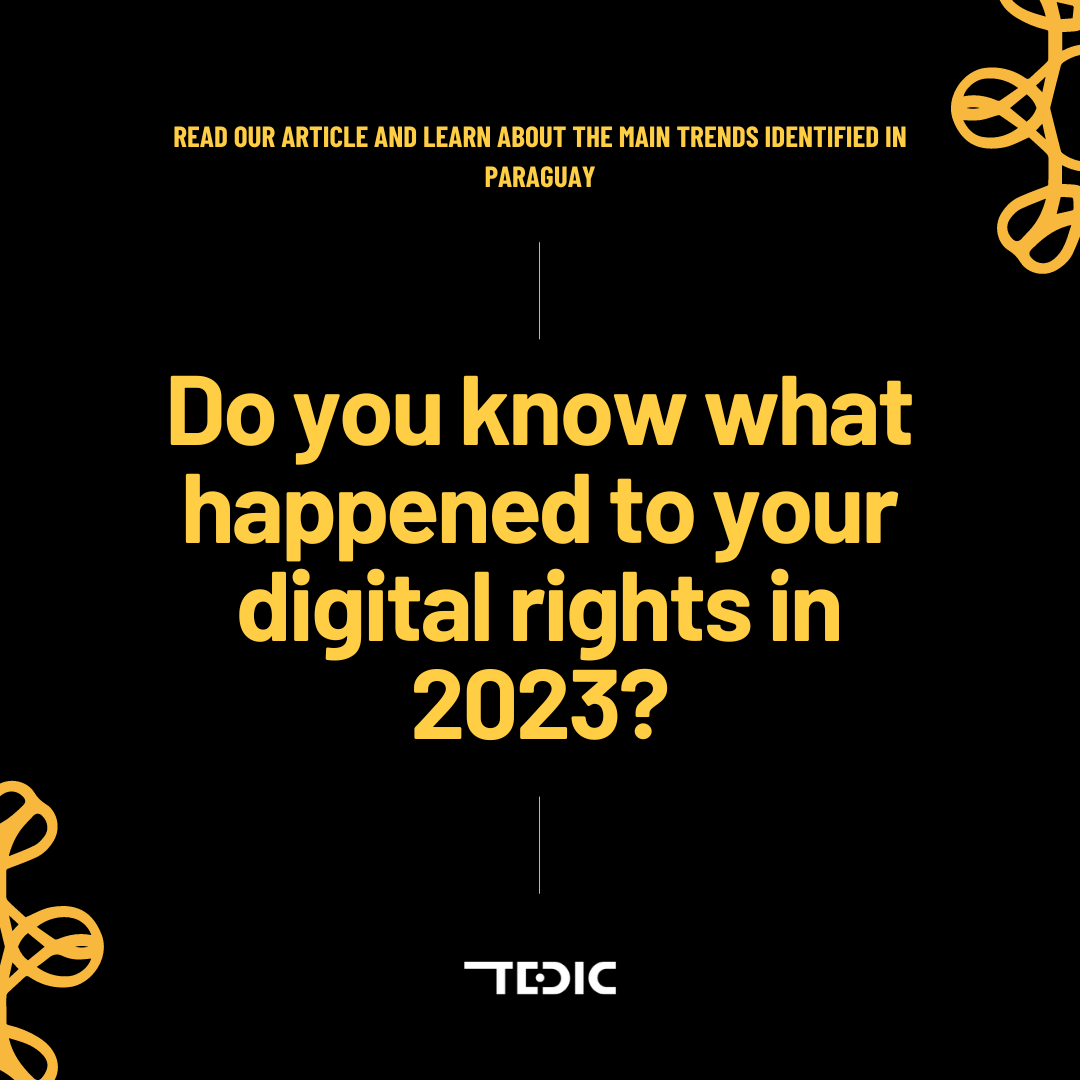 Regarding the trends in the Antipyrawebs Observatory in 2023
Regarding the trends in the Antipyrawebs Observatory in 2023 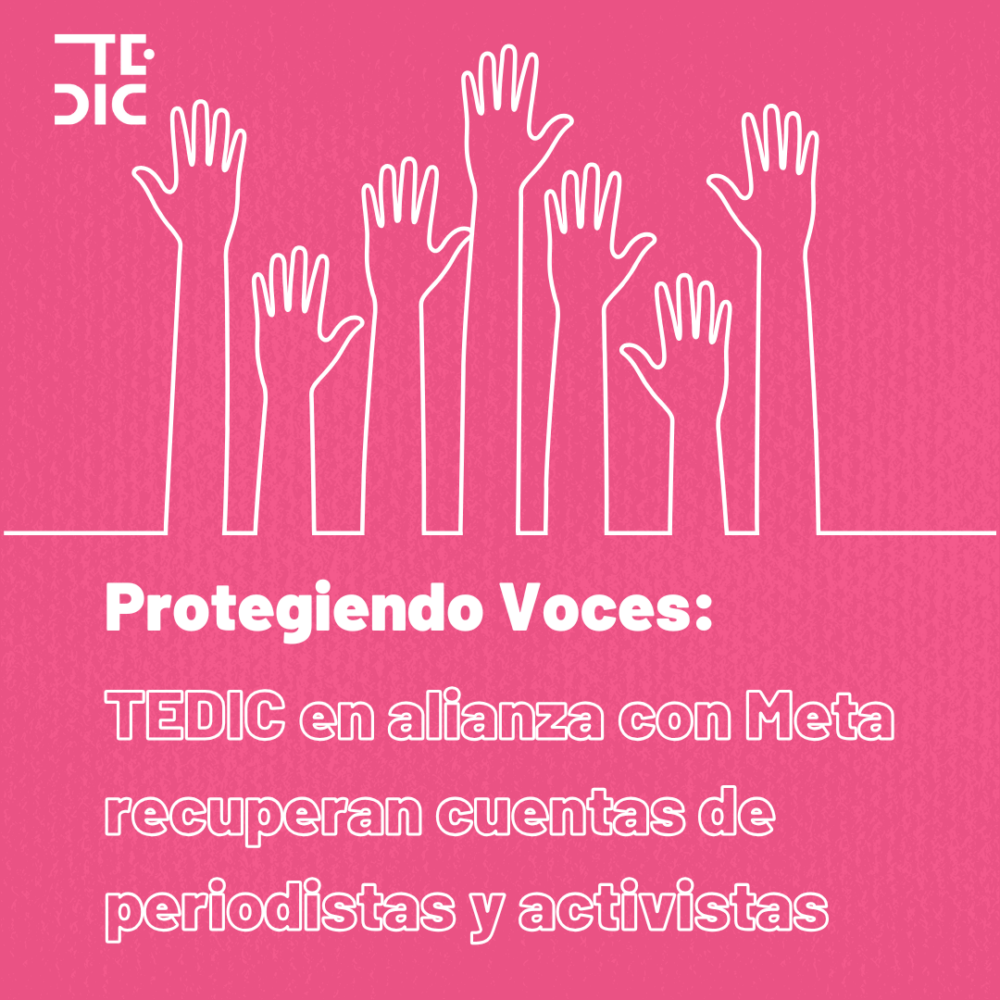 Defending those who defend us
Defending those who defend us